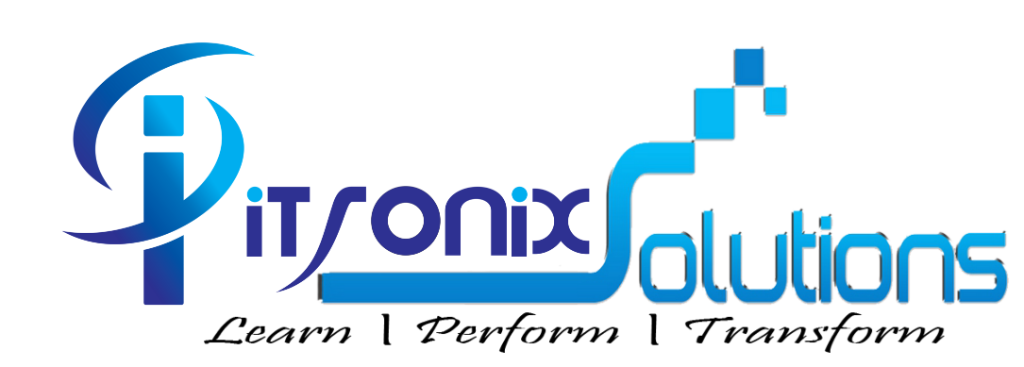HBase is an open-source, distributed, column-oriented database system designed to handle large volumes of structured data in a fault-tolerant and scalable manner. It’s built on top of the Hadoop Distributed File System (HDFS) and is part of the Apache Hadoop project.

HBase is an open-source, distributed, column-oriented database system designed to handle large volumes of structured data in a fault-tolerant and scalable manner. It’s built on top of the Hadoop Distributed File System (HDFS) and is part of the Apache Hadoop project.
It provides real-time read and write access to your data, making it suitable for applications requiring high-speed access to large datasets. HBase is modeled after Google’s Bigtable and operates similarly, using a key-value store where data is indexed by a unique key.
HBase ensures consistency by providing strong consistency for read and write operations within a single row. It can scale horizontally by adding more servers to the Hadoop cluster, accommodating increasing data sizes and traffic demands.
HBase is commonly used in scenarios where there’s a need to store vast amounts of semi-structured or structured data and requires high throughput and low latency access. It finds applications in various domains like social media, IoT (Internet of Things), financial services, and more where handling large-scale data is essential. Here’s outline for a HBase course:
Content:
Founded in 2014, Itronix Solutions is a leading provider of online courses and educational resources. We are committed to revolutionizing the way people learn and acquire knowledge by offering high-quality online courses across various subjects and industries.
Our platform connects students with expert instructors, enabling them to access valuable educational content from the comfort of their own homes or any location with an internet connection.
Itronix Solutions is a leading technology consulting firm that provides innovative solutions to help businesses transform their IT landscape.
We specialize in providing end-to-end IT services and solutions, including software development, infrastructure management, cloud computing, data analytics, cybersecurity, and digital transformation.
We provide end-to-end data science services, from data engineering to predictive modeling, to help businesses uncover insights and opportunities that can drive growth and innovation.
© 2025 coursetakers.com All Rights Reserved. Terms and Conditions of use | Privacy Policy